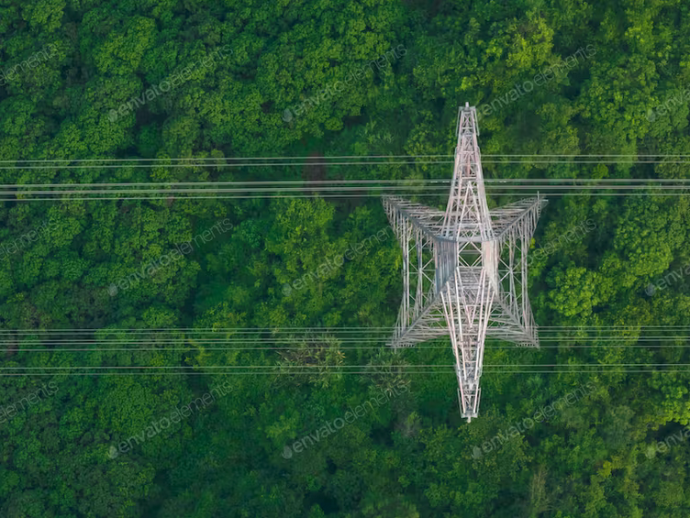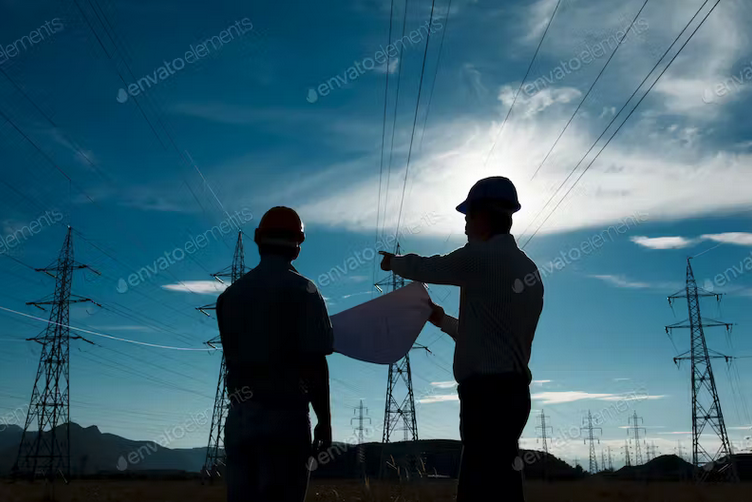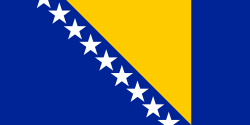Power Line inspections
A single loose wire and a wildfire can start. A car hits the structure, and a large power outage happens. A lightning strike occurs and damages the system.
All these and many other challenges with power lines require a proper power line inspection.
Depending on the circumstances, there are a few methods to perform this. Most common include in-person examination, mobile mapping, drones, helicopters, and stationary inspections.

Why is drone inspection one of the best forms for power lines assessment?
Possible to reach isolated locations
Drones
are practical and can access many hard-to-reach spots. That makes them
suitable in many situations.
Lowers costs and saves time
Power line inspection using UAV requires only one person to control it. That will help you reduce
expenses and save a lot of time.
Provides precise information
Drone inspection provides a detailed overview of the situation, which helps in
more efficient data collecting.
Increases safety
If
transmission lines are in a dangerous or faraway location, workers don't
need to go there, which helps to improve security
Versatile and useful
Drone inspection allows for checking for faults, managing vegetation, and preventing
wildfires. Drones can detect anomalies in power lines with a thermal
camera, which is crucial in controlling potential hazards.
Some situations or projects may require different power line inspection methods

In-person checking is probably the most typical way worldwide. It allows high-precision data and fixing urgent issues, but sometimes the transmission lines are inaccessible on foot.
Power line inspection with helicopters can be automated or guided by workers. It helps reach remote areas and ensures close-up insight into the situation. If driven by people, this approach needs special attention and can be risky, which calls for highly qualified personnel.
Stationary inspections are an excellent option and one of the fastest-growing forms of examining transmission lines. They allow real-time surveillance and constant monitoring and provide precise data.
Mobile mapping with LiDAR sensors is an affordable way of inspecting power lines. A vehicle equipped with adequate gear bypasses the structures and collects data from the ground.
Power line inspection is essential in keeping transmission lines working and increasing the
safety of everyone.
Click on the button and book a video meeting.
We will get to know each other, talk about your wishes and help you to choose the best surveying techniques for all your needs.






